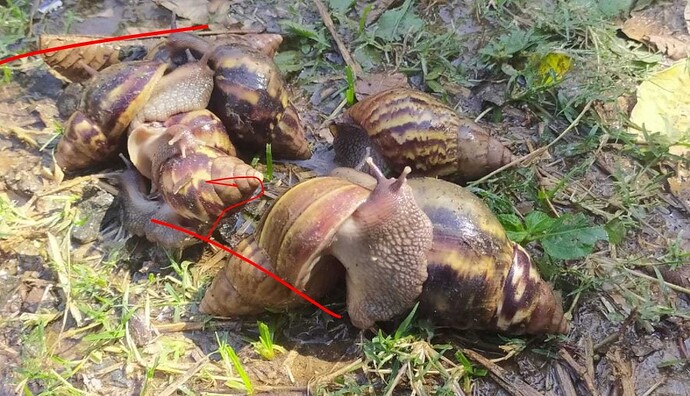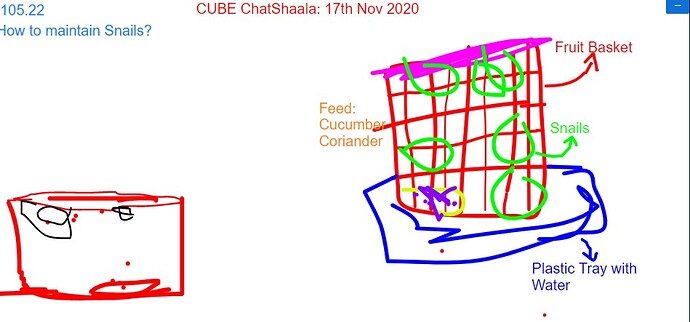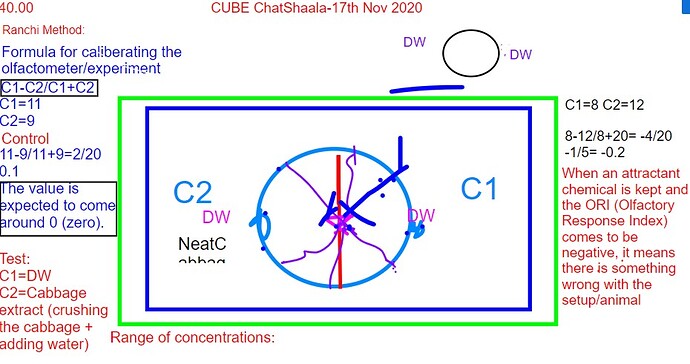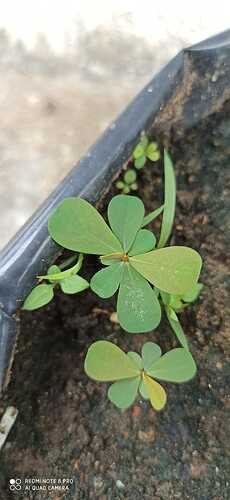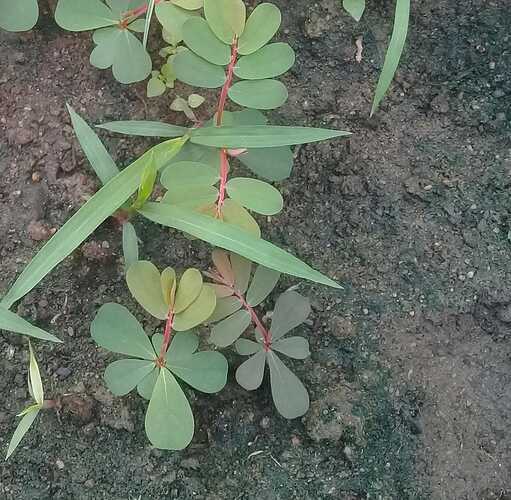The above picture from 17th Nov’s ChatShaala shows a bunch of
Giant African Land Snails (Achatina fulica) of different sizes and ages.
How do we choose snails for the olfactory assay?
Can we pick any
random snail and use? Why not?
Will that not be a biased experiment?
How do we find out the age of snails?
I am sure that there would be literature (on finding the age of this animal) available.
Achatina fulica is used as a model organism to study behavioural changes upon external stimuli, to study neurobiology and what not!
Ronald Chase has used
Achatina fulica as a model organism.
Can we find out reliable references for the above questions and propose a theory?
We should!
The setup for maintaining snails in our HomeLabs as well as college/institute labs.
There are minimal requirements such as
basket, tray, coriander/cucumber (as feed), water for their maintenance, as described during the ChatShaala. If it is easy and approachable, then why are CUBists facing issues in the maintenance of snails in their HomeLabs?
Cubist described that one of the snails has gone inside its shell.
What could be the reason for it? We came across terms such as
aestivation, hibernation, the effect of temperature, climate. Really?
How do these crawling creatures manage in the wild? If the conditions are manipulative inside our HomeLabs, how do we make a way out of it?
There are many answers to this. One of them being updates!
If something like this happens, many of us will be ready with some or the other answers (way out). But lack of updates on the happenings of the model suppresses these topics and they are lost. The continuity breaks.
The setup for the olfactory assay (experiment).
We see,
three model systems in CUBE; Fruitflies, Snails and Nematodes have the application of the olfactory assay in their research methodology. How are they same and how are they different?
We discussed that Ranchi CUBists have a slightly different method of performing the olfactory assay in snails when compared with Mumbai CUBists.
As the discussion was heading into the details of the olfactory assay, Mumbai CUBists found out a couple of faults in their design that was making it biased.
Can we tell everyone the fault in the design?
Further, we saw the formula for measuring the olfactory sensitivity in snails/fruitflies; the Olfactory Response Index (ORI) that is based upon the readings that come out after a specific number of runs.

